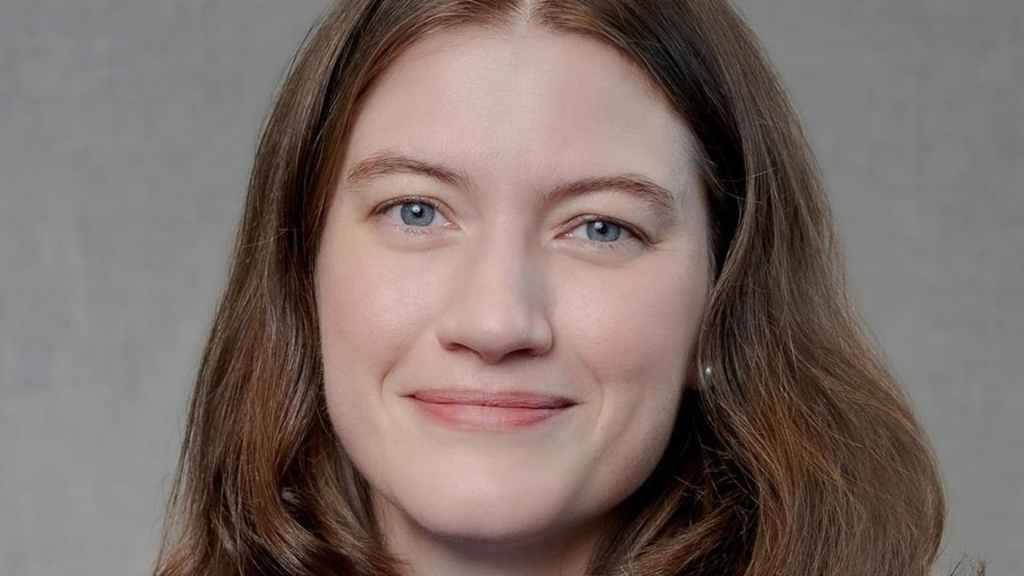Sarah Kapnick began her professional journey in 2004 as an investment banking analyst with Goldman Sachs. From the outset, she recognized the significant connection between financial performance and climate change, as well as the shortcomings in client advisory concerning these issues.
Kapnick believed that merging financial insights with climate science could better equip investors to navigate both the risks and opportunities presented by climate-related challenges. With her academic background in theoretical mathematics and geophysical fluid dynamics, she felt particularly suited to address this complex intersection.
However, she understood that to make a meaningful impact, her scientific knowledge would need to deepen.
This pursuit led her to the National Oceanic and Atmospheric Administration (NOAA), an esteemed scientific and regulatory body under the U.S. Department of Commerce. NOAA’s core mission focuses on understanding and predicting changes in the climate, weather, oceans, and coastal areas while disseminating that information to a broader audience.
In 2022, Kapnick was appointed as NOAA’s chief scientist, and two years later, JPMorgan Chase recruited her, not into the commonly held role of chief sustainability officer but as the bank’s inaugural global head of climate advisory.
Just days before the start of the North American hurricane season, Finance Newso engaged Kapnick in a discussion from her office at JPMorgan in New York, exploring her role and the advice she’s providing clients.
Here’s the Q&A:
(This interview has been lightly edited for length and clarity.)
Diana Olick, Finance Newso: What prompted JPMorgan to create your position?
Sarah Kapnick, JPMorgan global head of climate advisory: There’s a growing demand among clients for climate-related expertise. They seek to comprehend how climate change impacts their businesses and how they should adapt their strategies accordingly. My role involves helping clients to create frameworks for understanding climate change in terms of operational impacts, strategic planning, and long-term business outlooks.
Many companies have chief sustainability officers. How is your role different?
My position uniquely combines a solid grounding in climate science with an understanding of its implications for business and the economy. My career at NOAA allowed me to merge scientific insights with economic realities, enabling me to interpret climate projections through a commercial lens. This means advising clients on risk management in relation to both operational strategies and national security concerns, guiding them through the complexities of navigating climate-related challenges.
Can you provide a concrete example of how your expertise benefits investors?
For instance, I recently assisted a client concerned about wildfire risks. They wanted to understand the evolving nature of these dangers, including their current absence in building codes and potential future changes. I walked them through the data sources and regulatory trajectories that inform these risks, helping them to navigate the uncertainties for better preparedness.
Are clients making investment decisions based on your insights?
Absolutely. Clients are not only making investment decisions but also determining timing based on evolving information. They aim to act proactively, either early in the information cycle or as conditions become clearer. My role is to present a comprehensive understanding of the various scenarios so they can assess the right moment to invest.
How does this affect their investment strategies regarding wildfires?
Given the increasing prevalence of wildfire incidents, clients are asking crucial questions about the risks in their areas, potential investments in infrastructure, and insurance needs. They want guidance on reducing vulnerabilities and financial exposure, while also exploring new opportunities in safer locations. This strategic thinking requires a balance of risk management and identifying emerging opportunities due to changing environmental conditions.
Although your specialty is not in economics, do you collaborate with economists at JPMorgan?
Certainly, my work is highly collaborative. I engage with various teams across the bank that include experts from multiple industries and sectors. Together, we leverage my expertise in climate science and policy, merging it with their insights to deliver the best possible solutions for our clients.
With reductions in funding for NOAA, FEMA, and other data sources during the Trump administration, how has this impacted your work?
We focus on utilizing whatever data is available, adapting to new data sets when traditional ones are no longer accessible. I’m observing a burgeoning private sector effort to fill the gaps left by the government cuts. This transition period will require stakeholders to identify credible data sources as established ones become less available, fostering innovation and development of new information outlets.
How can clients ensure that private data sources are credible, especially compared to traditional government data?
Clients will need time to adapt and determine which data sets they trust versus those they don’t. The shift from relying on established government data resources will necessitate a period of adjustment as they seek new means of obtaining reliable information. Some organizations are beginning to employ their own climate and meteorological experts to aid in navigating this landscape.
Any final insights?
Climate change is not a distant threat; it has immediate financial implications that businesses must address today. The risks posed by climate fluctuations are increasingly becoming a reality that affects the bottom line now.


























